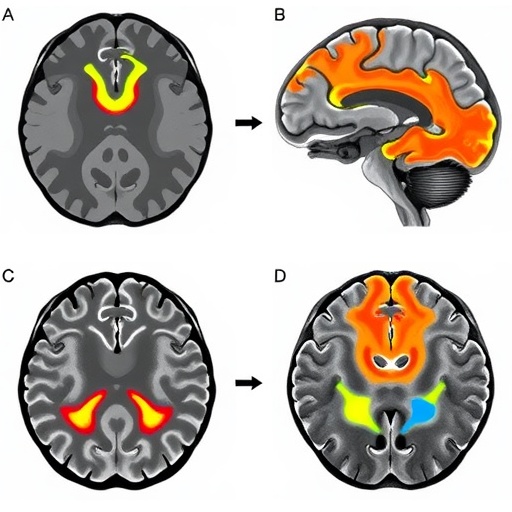Bottom Line: Participants in the Supplemental Nutrition Assistance Program (SNAP) showed less improvement over time in an indicator of a healthful diet than both income-eligible individuals who didn't participate in SNAP and higher-income individuals, although it is possible dietary trends among SNAP recipients may have been even worse if they didn't participate in the program.
Why The Research Is Interesting: SNAP served 42.1 million people in fiscal year 2017 and the federal food assistance program has an annual budget of $70 billion. An unhealthful diet contributes to chronic diseases.
Who and When: Nationally representative study of 38,696 adults (age 20 or older): 6,162 SNAP participants, 6,692 income-eligible but nonparticipants in SNAP and 25,842 higher-income individuals from eight cycles of the National Health and Nutrition Examination Survey (NHANES) in 1999-2014; diet quality assessed by SNAP participation status
What (Study Measures and Outcomes): Average diet scores and proportion of U.S adults meeting poor, intermediate or ideal diet scores based on American Heart Association diet goals, including eight components (fruits and vegetables; whole grains; fish and shellfish; sugar-sweetened beverages; sodium; nuts, seeds and legumes; processed meats; and saturated fat)
How (Study Design): This was a survey study.
Authors: Fang Fang Zhang, M.D., Ph.D., of the Friedman School of Nutrition Science and Policy at Tufts University, Boston, and coauthors
Results: SNAP participants had less improvement in diet scores than income-eligible nonparticipants in SNAP and higher-income individuals. Disparities persisted or worsened for SNAP participants for most dietary components compared with income-eligible nonparticipants in SNAP and higher-income individuals.
Study Limitations: Dietary intake was self-reported and subject to error.
Related Material: The invited commentary, "Disparities in Diet Quality: No SNAPPY Solutions," by Edgar R. Miller, III, Ph.D., M.D., and Deidra C. Crews, M.D., Sc.M., of Johns Hopkins University School of Medicine, Baltimore, also is available on the For The Media website.
To Learn More: The full study is available on the For The Media website.
(doi:10.1001/jamanetworkopen.2018.0237)
Editor's Note: The article contains conflict of interest and funding/support disclosures. Please see the article for additional information, including other authors, author contributions and affiliations, financial disclosures, funding and support, etc.
###
Want to embed a link to this study in your story?: Links will be live at the embargo time http://jamanetwork.com/journals/jamanetworkopen/fullarticle/10.1001/jamanetworkopen.2018.0237
About JAMA Network Open: JAMA Network Open is the new online-only open access general medical journal from the JAMA Network. Every Friday, the journal publishes peer-reviewed clinical research and commentary in more than 40 medical and health subject areas. Every article is free online from the day of publication.
Media Contact
Siobhan Gallagher
[email protected]
@JAMANetworkOpen




